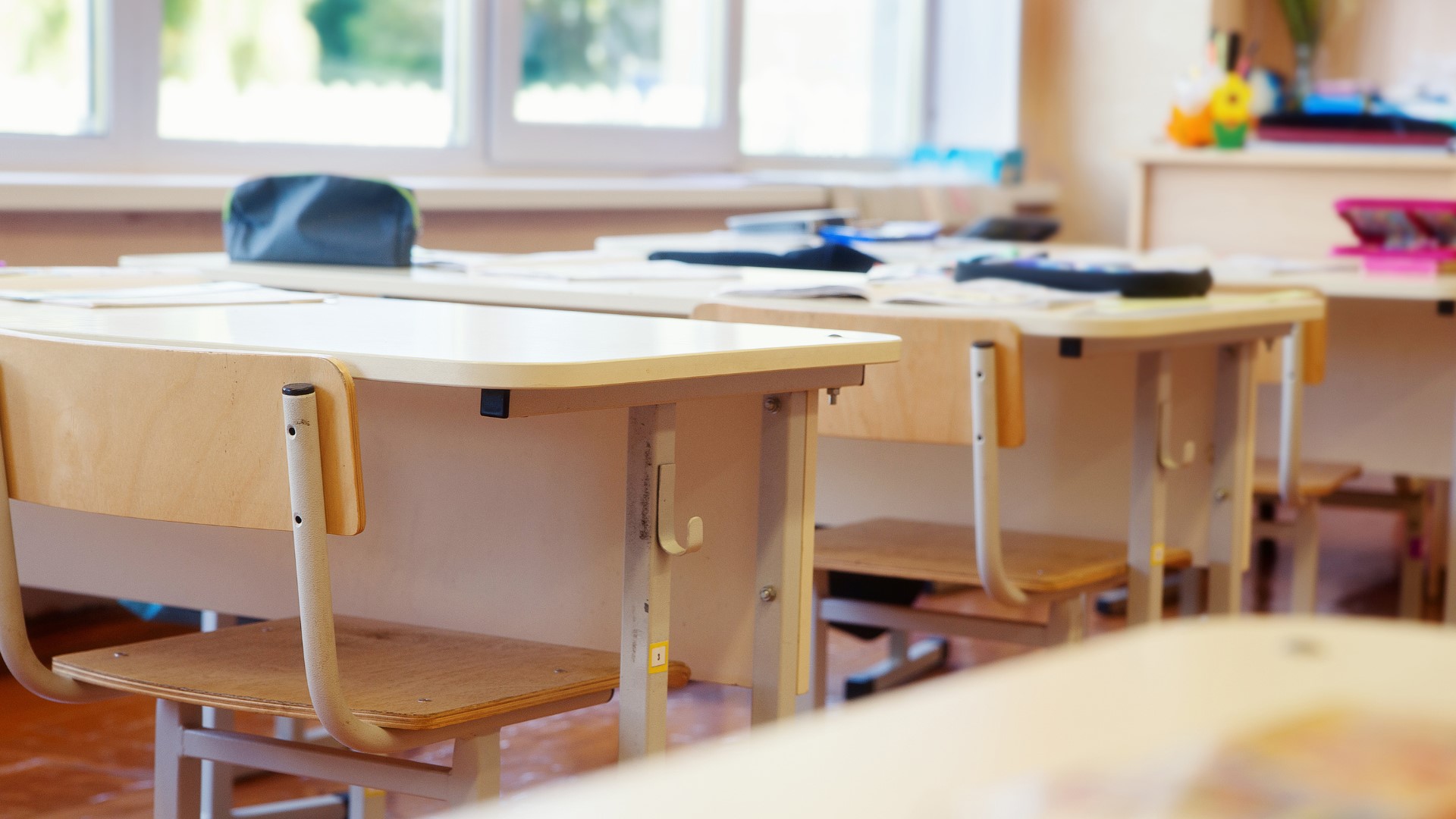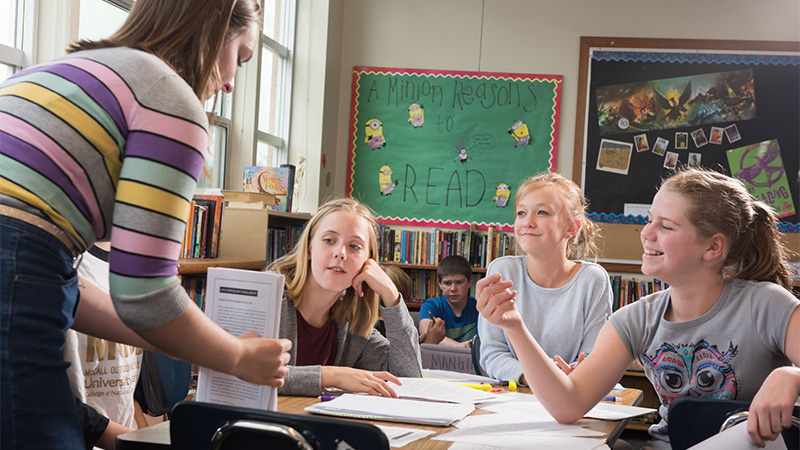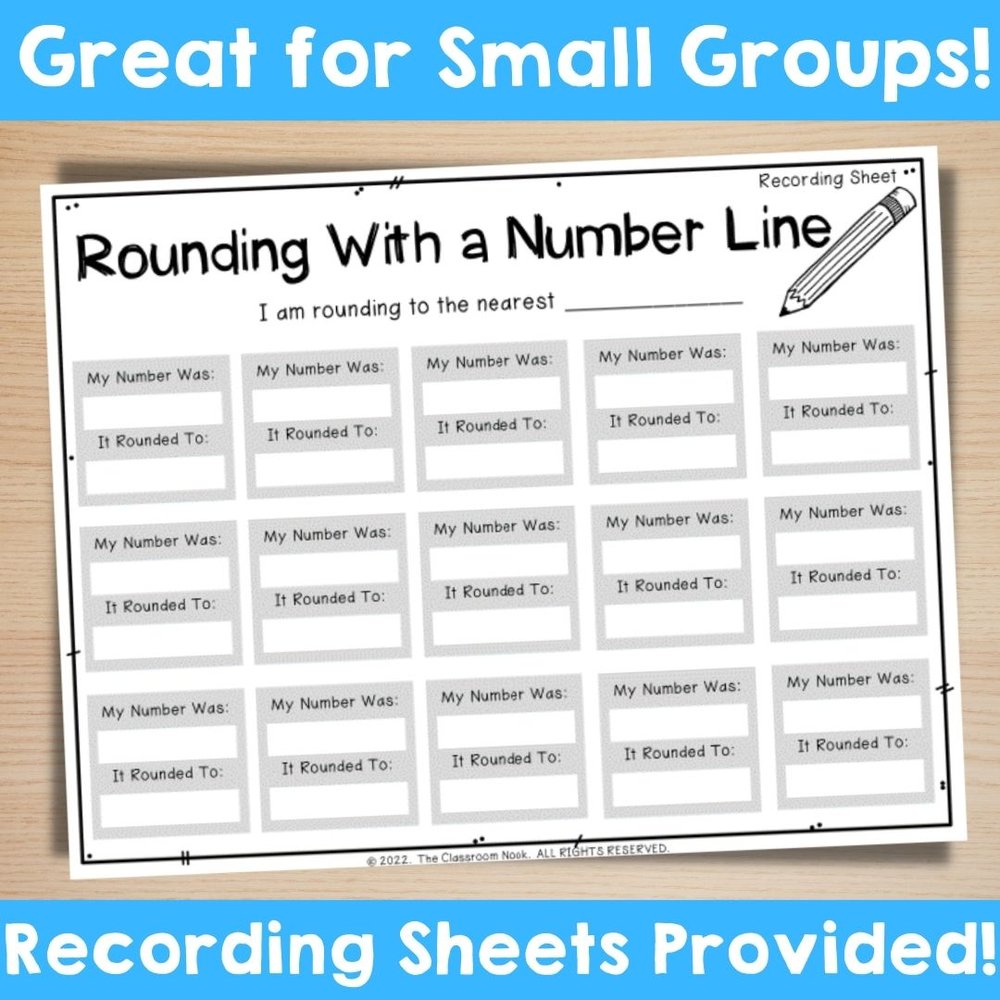
The enrollment rate can measure the progress in education in primary school years in developing countries. The enrollment rate has increased by more than 45% and dropped out rates have significantly declined, from 61% down to 16% between 1976 and 2020. Some education policies have been successful while others have not. This study introduces a framework for progress evaluation in order to measure progress made by developing countries in primary education.
Interdisciplinarity Training
Interdisciplinary training can be beneficial for primary teachers. This allows students to integrate knowledge and skills from different disciplines. The process can involve answering big questions, exploring issues and problems, and solving problems with different perspectives. You have many options to integrate interdisciplinary approaches in the classroom.
Interdisciplinary training can be implemented with existing funding mechanisms. One of the major problems is evaluating the effectiveness of such programs. It is difficult to find data regarding the results of interdisciplinarity training programs. This is not a unique problem with interdisciplinary education.

Common core competencies
Common core competencies in primary education are a framework for educators who want to help young children develop the skills they need to succeed in school, at home, and in the workplace. While there are differences between national and state-level core competencies, there is some commonality among them. These guidelines can be used by educators to help them design professional development plans.
The framework was developed after extensive research on teaching practices. It is designed to give teachers practical and prioritized lists of learning and teaching competencies. It also provides suggestions on how to teach and assess transferable skills. The framework is available under the Creative Commons Attribution-NonCommercial-ShareAlike 4.0 International License.
Curriculum
The Ministry of Education, Culture and Sport, or MECS, manages educational institutions throughout the country and internationally. The ministry also regulates the curriculum and sets the objectives for every stage. These objectives define what students should learn and be able do at the conclusion of their education. The skills described in the curriculum relate to the student's ability to apply the contents of each stage and solve complex problems.
Spain has a mandatory curriculum for primary school education. The curriculum does no include any Social Science aims. It contains a list of "General Objectives for Primary Education" and "Evaluation Criteria." These standards have been well-developed and can be measured. Teachers are required to evaluate the standards during the lesson. This approach limits the flexibility of education and restricts its ability to adapt to novelties.

Framework for learning
Implementing the Framework for Learning in Primary Education can help you develop the skills your students need to be successful in school. Each stage builds on the last. The learning process is continuous. The framework describes the stages and steps of each stage and includes tools for assessing progress.
Frameworks play an important role in the teaching and learning process. They are also useful in helping teachers to create learning environments and incorporate assessment into lessons. A framework allows teachers to see how they work together in common goals. This framework makes it easier to communicate the shared vision to parents.
FAQ
What is the difference between school and college?
Schools are often divided into classes or grades, with one teacher teaching a class of students. Colleges are larger institutions that offer more specialized programs and include many university-level courses. While schools are more focused on fundamental subjects, colleges might offer a range of subjects such as arts, science and languages. Both levels have a curriculum that prepares students for higher education.
Is it better to be a specialist in one subject than in another?
Many students choose to specialize in one subject (e.g., English, History, Math) instead of branching into multiple subjects. But, you don't always have to specialize. You could, for example, choose to specialize in surgery or internal medicine if you are considering becoming a physician. You can also choose to be a general practitioner, specializing either in pediatrics or family practice, psychiatry, gerontology, or neurology. A business career could include sales, finance and marketing. The choice is yours.
Is becoming a teacher difficult?
It takes a lot of commitment to become a teacher. You will need to give a significant amount time to your studies.
You can expect to work 40 hours per semaine while earning your degree.
Additionally, you need to find a job which suits your schedule. Many students have trouble finding part time jobs that balance schoolwork with their lives.
After you have been offered a permanent position, you will be expected to teach classes throughout the day. Sometimes, you may need to travel to other schools during the week.
Do you have to go to college in order become an early education teacher?
However, you may want to think about going to college in order to be prepared for a career in the field.
It is important to remember that it is not easy to become a teacher. Each year there are many applicants that are not accepted into programs. Many people also drop out after just one semester.
To be a teacher, you will need to have strict qualifications.
What is an alternative school?
The idea behind an alternative school is to offer students with learning difficulties access to education by providing them with support from qualified teachers who understand their individual needs.
An alternative school provides children with special educational needs the opportunity to learn in a regular classroom setting.
Additionally, they receive extra support when necessary.
Alternative schools aren't just for those who were excluded from mainstream school.
They are open to children of all abilities and disabilities.
What is homeschooling and how does it work?
Homeschooling is an educational method where children are educated at home by their parents. It can also be called homeschooling, self-education and private education.
Homeschooling is a great option for families who want to teach their kids at home. They can receive a high-quality education at home.
Parents educate their children from birth until they graduate high school. They decide which subjects they will study and how long each one should be. The student learns everything in their own time.
It is up to parents when they want to teach their children. Many schools recommend that children enroll in classes between the ages four and twelve. Some families decide to wait until kindergarten to start teaching their children.
Parents may use any number of resources to guide them through the curriculum. Videos, books, websites, magazines, and even magazines can provide valuable lessons.
Many families find homeschooling a great fit for their busy schedules. Children can be spent more time at home than in traditional public schools.
Statistics
- Data from the Department of Education reveal that, among 2008 college graduates, 92.8 percent of humanities majors have voted at least once since finishing school. (bostonreview.net)
- In most developed countries, a high proportion of the population (up to 50%) now enters higher education at some time in their lives. (en.wikipedia.org)
- These institutions can vary according to different contexts.[83] (en.wikipedia.org)
- And, within ten years of graduation, 44.1 percent of 1993 humanities graduates had written to public officials, compared to 30.1 percent of STEM majors. (bostonreview.net)
- Globally, in 2008, around 89% of children aged six to twelve were enrolled in primary education, and this proportion was rising. (en.wikipedia.org)
External Links
How To
What is vocational training?
Vocational Education, which is an educational system that prepares high school students for jobs after college or high school, provides them with training in specific skills required for a job (e.g. welding). Vocational Education also offers apprenticeship programs that provide on-the-job training. Vocational education stands out from general education. This is because it focuses less on general knowledge and more on developing skills for specific occupations. Vocational education does more than prepare for university. It helps people find jobs after graduation.
Vocational education may be provided at all levels of schooling, including primary schools, secondary schools, colleges, universities, technical institutes, trade schools, community colleges, junior colleges, and four-year institutions. There are also many specialty schools like nursing schools and law schools, legal schools, medical schools and dental schools as well as veterinary medicine, veterinary medicine, firefighting, police academies and military academies. Many of these offer both academic instruction, and practical experience.
In recent decades, many countries have made large investments in vocational training. The effectiveness of vocational education is still controversial. Some critics believe it doesn't help students get hired, while others claim that it helps prepare them for life after high school.
The U.S. Bureau of Labor Statistics has estimated that 47% of American adults hold a postsecondary certificate or degree related to their current occupation. This percentage is higher among those with higher education. 71% percent of the 25-29 year olds with a bachelor's degree are currently working in fields that require postsecondary credentials.
According to the BLS, nearly half of America's adult population held at least one postsecondary credential in 2012. Around one-third of Americans hold a two or four-year associate degree. One out of five Americans held a master's degree or doctorate.
The median annual wage for individuals with a bachelor's in 2013 was $50,000. This was compared to $23,800 when they had no degree. The median wage for advanced degrees holders was $81,300.
The median income for those who have not completed high school was just $15,200. Those with less than a high school diploma earned $13,000 per year.